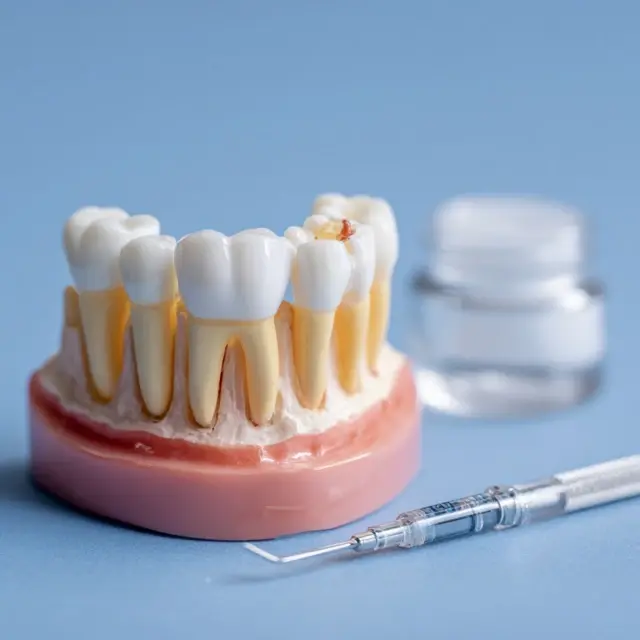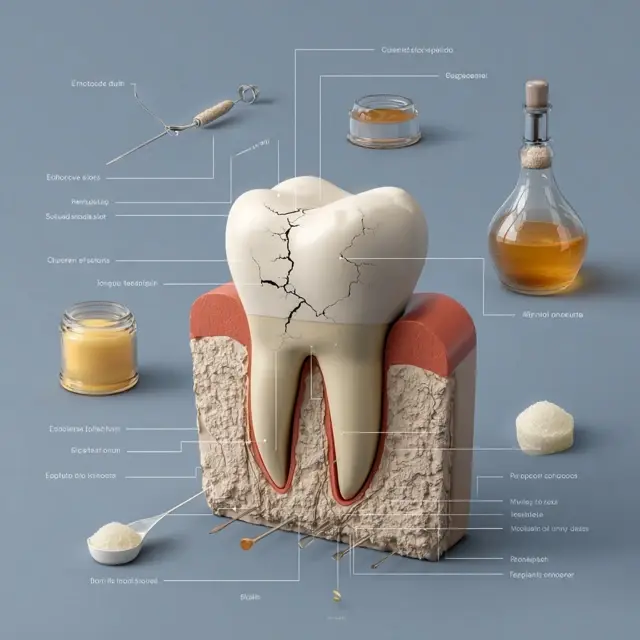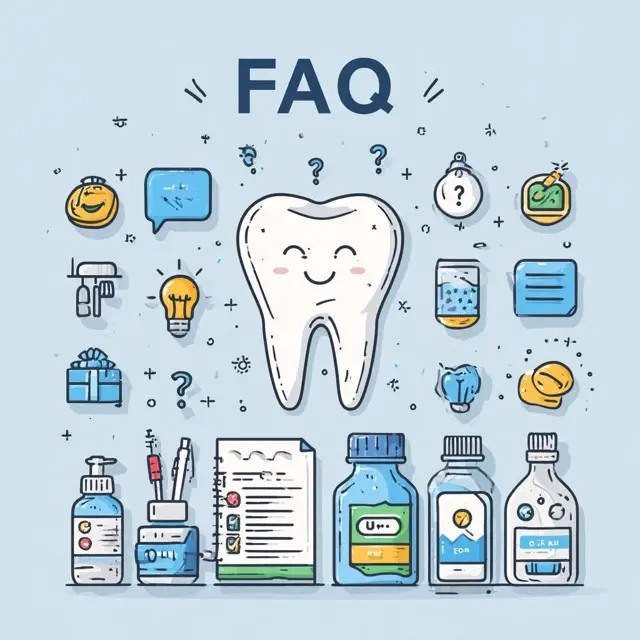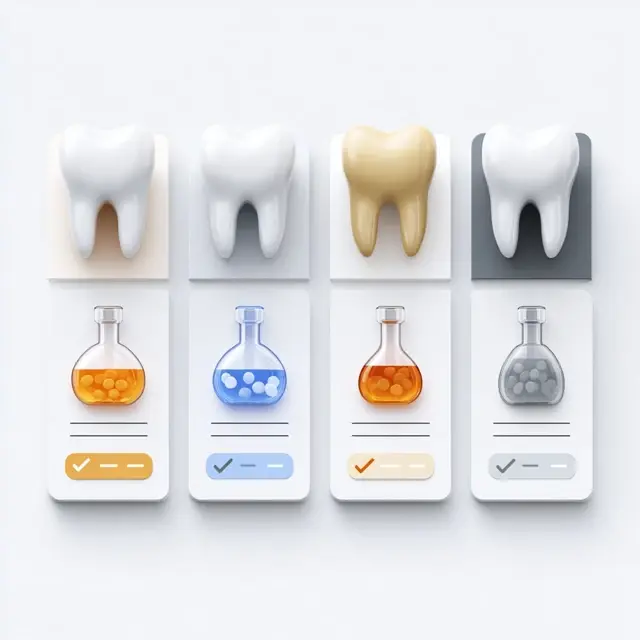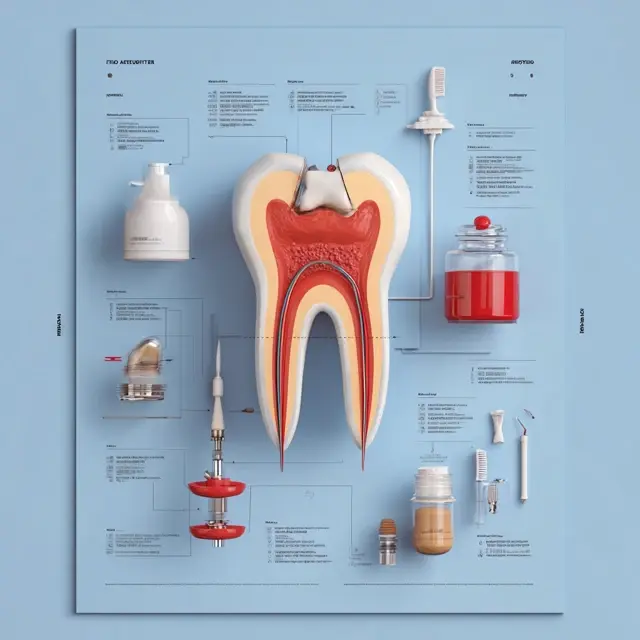Can a Tooth Repair Kit Replace a Temporary Filling?
Losing a filling can cause discomfort, sensitivity, and stress—especially when you can’t get to a dentist right away. Many people turn to a tooth repair kit as a quick solution. But the question remains: can it actually replace a temporary filling?
What Is a Temporary Filling?
A temporary filling is a short-term dental solution applied by a professional to protect a tooth after decay removal, root canal therapy, or while waiting for a permanent filling. It seals the cavity, prevents bacterial infection, and reduces sensitivity.
How a Tooth Repair Kit Works
A tooth repair kit contains filling materials that can be molded into a cavity to cover exposed areas. While they look similar to dental fillings, they are designed for temporary, at-home use. Their main benefits include:
- Quick relief from discomfort
- Sealing exposed areas to block food and bacteria
- Improved appearance of a damaged tooth
Comparing a Tooth Repair Kit and a Temporary Filling
Similarities
Both serve the same purpose: to protect and stabilize a tooth until a permanent solution is applied. Each can help prevent further damage and reduce pain.
Key Differences
- Application: Temporary fillings are placed by a dentist, while repair kits are applied at home.
- Durability: Dental temporary fillings generally last longer than over-the-counter kits.
- Material Strength: Dentist-applied fillings are more robust and can withstand chewing better than kit compounds.
- Precision: A professional filling is shaped and fitted to your bite, while a kit offers a more general fix.
When a Tooth Repair Kit Is Useful
A kit can replace a temporary filling in certain situations:
- When a filling falls out during weekends or holidays
- While traveling and away from your regular dentist
- To cover minor cavities until a dental appointment
Limitations to Keep in Mind
Although helpful, a repair kit should never be viewed as a substitute for professional care. Its limitations include:
- Weaker materials prone to breaking or dislodging
- Short lifespan compared to dentist-provided fillings
- No ability to address underlying decay or infection
- Risk of misapplication without proper cleaning
Best Practices if Using a Kit
- Clean and dry the tooth thoroughly before applying
- Use only the recommended amount of compound
- Avoid chewing hard or sticky foods afterward
- Schedule a dentist appointment as soon as possible
Final Thoughts
While a tooth repair kit can act as a temporary replacement for a lost filling, it does not provide the durability or precision of a professionally placed temporary filling. It’s best used as a stopgap measure until your dentist can provide a permanent solution. For further guidance, see related resources like Tooth Repair Kit FAQs and Tooth Repair Kit Do’s and Don’ts.
